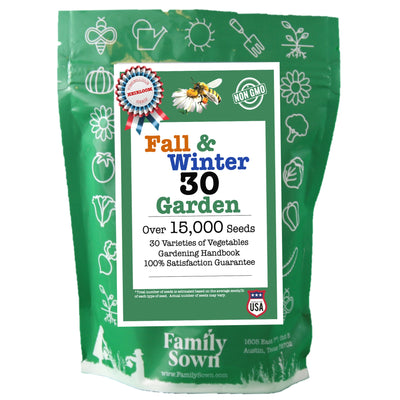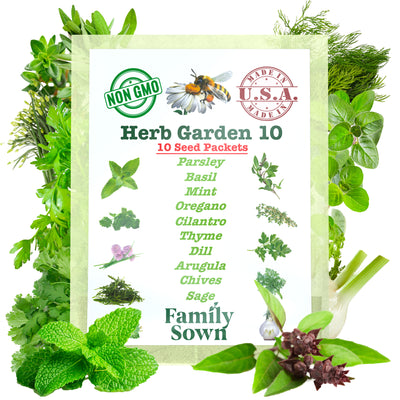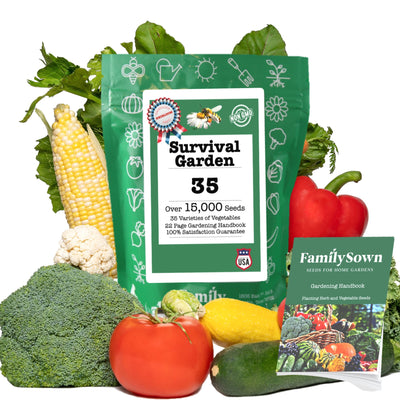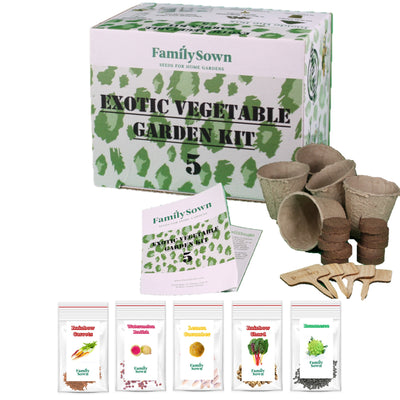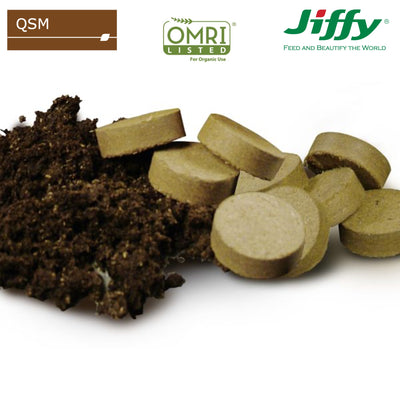USDA Hardiness Zones
The USDA Hardiness zone map has become the standard for determining the average annual extreme minimum temperatures for locations throughout the US. The map uses data from 1976-2005 to determine an average for the coldest temps across thirteen zones. Those are the hardiness zones we refer to in this guide.
Each zone is divided into parts - an A and B subzone
Zone 1A covers temperatures between -60-(-55)°F
Zone 1B covers temperatures between -55-(-50)°F
Zone 2A covers temperatures between -50-(-45)°F
Zone 2B covers temperatures between -45-(-40)°F
Zone 3A covers temperatures between -40-(-35)°F
Zone 3B covers temperatures between -35-(-30)°F
Zone 4A covers temperatures between -30-(-25)°F
Zone 4B covers temperatures between -25-(-20)°F
Zone 5A covers temperatures between -20-(-15)°F
Zone 5B covers temperatures between -15-(-10)°F
Zone 6A covers temperatures between -10-(-5)°F
Zone 6B covers temperatures between -5-(0)°F
Zone 7A covers temperatures between 0-5°F
Zone 7B covers temperatures between 5-10°F
Zone 8A covers temperatures between 10-15°F
Zone 8B covers temperatures between 15-20°F
Zone 9A covers temperatures between 20-25°F
Zone 9B covers temperatures between 25-30°F
Zone 10A covers temperatures between 30-35°F
Zone 10B covers temperatures between 35-40°F
Zone 11A covers temperatures between 40-45°F
Zone 11B covers temperatures between 45-50°F
Zone 12A covers temperatures between 50-55°F
Zone 12B covers temperatures between 55-60°F
Zone 13A covers temperatures between 60-65°F
Zone 13B covers temperatures between 65-70°F
Why Focus on The Average coldest Temperatures?
Plants have a range of temperatures in which they thrive. They also have a minimum temperature at which they die. Knowing the average coldest temperature for your area means that you can choose plants that will live in the climate conditions during the coldest part of the year.
Another reason to know the coldest temperatures for your area has to do with growing fruit trees. Many fruit trees need a specific number of chill days (35-50°F) for their dormancy to be adequate.
The Cold Season Crops
The lower the zone number on the hardiness map, the shorter the growing season (generally.) The ground freezes and takes longer to become workable the colder the winter. Knowing this allows you to choose plants for your garden that have shorter days-to-harvest.
Cold season vegetables generally can withstand temperatures down to 25°F. Some may go as low as the mid-teens. For zone 8B, which is 15-20°F, the best winter vegetables are:
BeetsCarrotsCeleryOnionsGarlicRadishesBroccoli Etc.
In hardiness zones below 8B, you will need a warming structure such as a cold frame or greenhouse to grow vegetables in the winter months.
The USDA site has an interactive map that allows you to search by zip code. Sadly, it is at best a good starting point, but be cautious. My zip code says I am in Hardiness Zone 9a (20-25°F). I am actually in hardiness zone 7B (5-10°F) as it can drop to 12°F and stay that temperature for weeks. Go by experience when it comes to investing in winter crops as that is the best data available.
You can look up your USDA Hardiness Zone by entering your zip code on the USDA website. Use this link:




